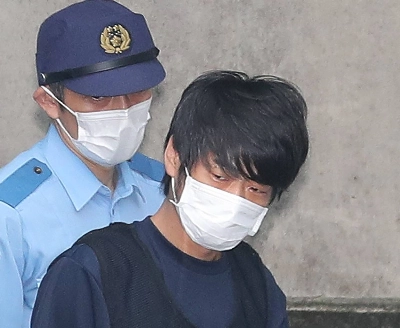Takeshi Kogahara’s “Nagisa” is one of the darkest films to come out of Japan so far this year — in both senses of the word. In this fractured fever dream, secrets lurk in places where daylight doesn’t penetrate: a household closet that serves as both a children’s den and a prison; an apparently haunted tunnel that acts as a portal into a young man’s troubled past.
That young man is Fuminao (Yuzu Aoki), a surly university student who has moved to Tokyo from a broken home in Nagasaki. He isn’t much fun to be around (just ask his ex-girlfriend, played by Kana Kita), though it’s initially hard to tell if his aloofness is a pose or the product of a deeper malaise.
When some coworkers from his part-time job drag Fuminao to an eerie tunnel that was the scene of a fatal bus crash several years earlier, it prompts a reckoning with all that he’s left behind. Memories come back in a flood of images and associations, and the figure who looms largest in them is his younger sister, Nagisa (Nanami Yamazaki), who seems to have passed on.

















With your current subscription plan you can comment on stories. However, before writing your first comment, please create a display name in the Profile section of your subscriber account page.